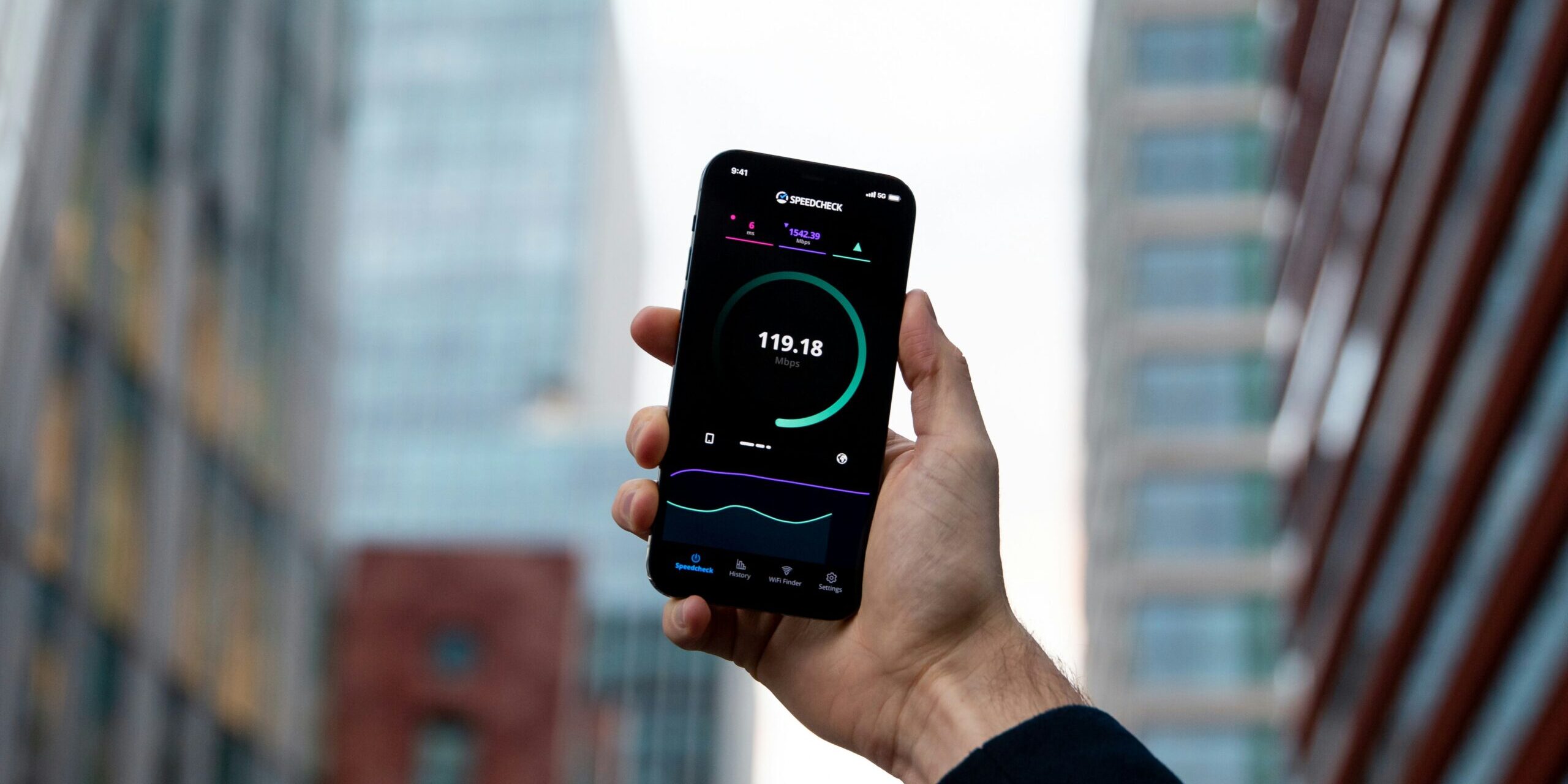Satellite-enabled industrial monitoring powered by the Internet of Things (IoT) and AI can help energy operators build supply chain resilience, writes Damian Lewis, market development manager.
Price volatility, changing market dynamics, and the push to decarbonize are driving energy operators to seek better oversight across their supply chains, particularly in vast, remote, and hard-to-reach areas. Many senior energy leaders report that their companies are already experiencing the fallout from a lack of supply chain resilience.
As operators address these challenges, satellite-enabled industrial monitoring—integrated with advanced operational AI platforms—proves invaluable. The principle that you can’t manage what you can’t measure holds true, and connected IoT and AI offer effective solutions. These technologies create more efficient networks that yield greater returns on investment and enhance sustainability and safety for employees.
IoT encompasses a wide range of sensors, devices, and connected machinery that bring “smart” capabilities to today’s world. For oil and gas operators and utilities in remote regions, globally available satellite connectivity provides the most reliable, resilient, and secure option, often augmenting existing terrestrial coverage.
However, the data generated by satellite-enabled IoT can be overwhelming. This is where operational AI platforms come into play, consolidating vast data sets into accessible information and actionable insights, enabling organizations to make better decisions more quickly.
In practice, connected assets offer visibility across the entire supply chain, allowing operators to track goods, equipment, and personnel globally. Real-time data provided by satellite coverage enables operators to manage diverse fleets and complex links effectively, ensuring timely delivery of equipment and cargo. The complexity of operations increases the potential benefits of AI in supporting engineers with operational decision-making.
Security is also a priority for operators of critical industries like oil and gas and utilities. Organizations are adapting to the increasing complexity of cyberattacks and the risks posed by additional connected technology. Cybersecurity remains a significant operational challenge, with nearly half of global organizations recognizing its importance for supply chains by 2026.
Deploying connected IoT sensors across assets and infrastructure reduces the need for field agents to visit remote areas and allows operators to focus skilled personnel on necessary repairs and maintenance. Digitizing inspections can help organizations navigate volatile labor markets, ensuring stability and reliability of operations.
Satellite-powered monitoring improves supply chain visibility and operational efficiency while supporting sustainability efforts. The data provided by physical assets and fleets enables significant improvements in activities such as methane detection, equipment inspections, and leak detection. Connected assets also support leak detection for high-voltage transformers, contributing to environmental, social, and governance (ESG) goals.
As organizations face regulatory changes and industry-wide pushes towards electrification and low-carbon energy production, building agility into supply chains is essential for resilience in the transition to net zero. Operators must balance colliding pressures, and reliable satellite connectivity coupled with operational AI can provide the necessary support.
Among companies that have implemented IoT solutions for sustainability, 72% have seen a return on investment. Digitalizing maintenance with satellite-powered AI has led to up to 10% improvements in production and yield, and up to 30% improvements in cost, along with other benefits in safety and ESG reporting.
The challenge of maintaining critical infrastructure amidst supply chain and market volatility is significant, but satellite-enabled IoT and AI offer operators the tools to meet these challenges head-on.
#ICTTMNews #BreakingNews #SupplyChainNews #IoTInnovation #SustainableEnergy #TechUpdate #GlobalTrade







